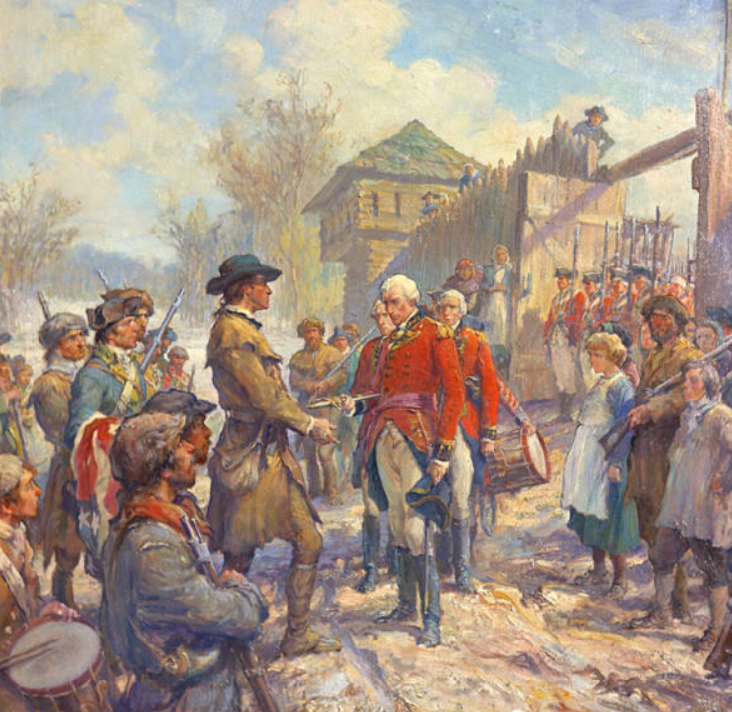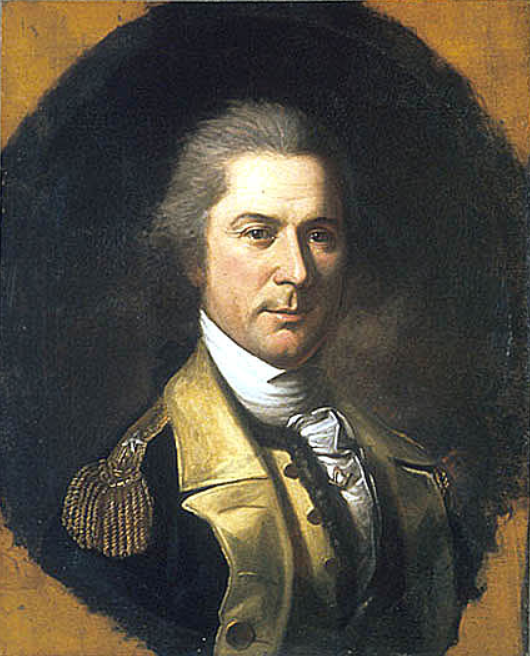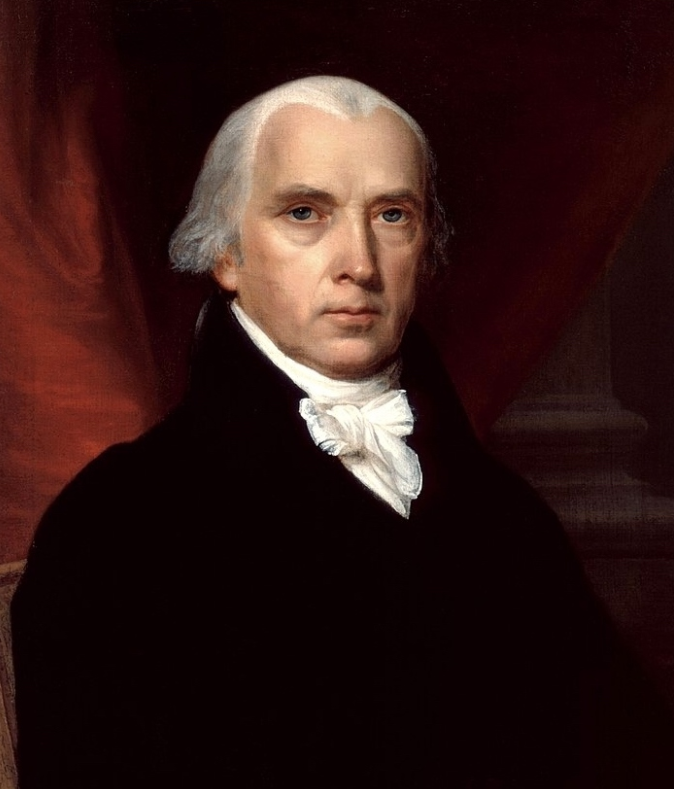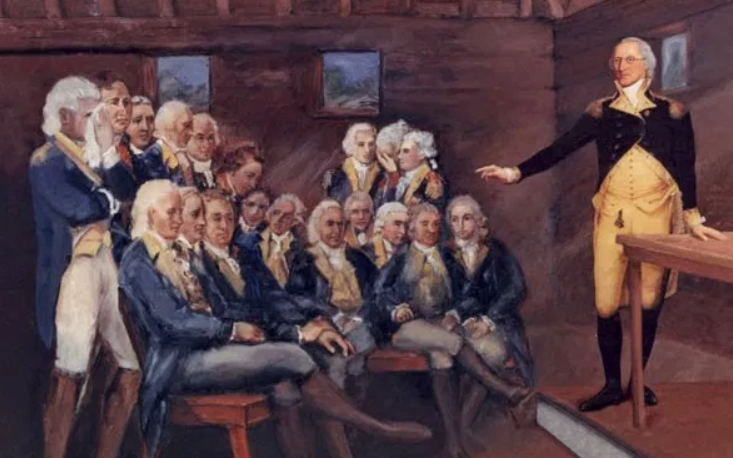Conqueror of the Northwest - George Rogers Clark and the Illinois Campaign
George Rogers Clark is known as the ‘Conqueror of the Northwest’ due to his actions as a military leader during the Revolutionary War.
Clark led the Illinois Campaign, which was an invasion of territory in modern day Indiana and Illinois.
His force was relatively small in size but took control of several important villages and towns in the region during the second half of 1778.
George Rogers Clark
When George Rogers Clark traveled from the Kentucky frontier to Williamsburg, Virginia he was still only 25-years-old but already considered a leader, largely due to his participation on Lord Dunmore’s War.
Clark convinced Governor Patrick Henry to appoint him as a Lieutenant Colonel in the Virginia Militia and send him on a secret mission into the Northwest Territory.
Though George was instructed to raise 350 soldiers, he was only able to muster about half that number.
Kaskaskia
Clark spent several months planning his invasion.
When the time came, he led his men into southern Illinois, claiming a handful of outposts.
Eventually, they arrived in Kaskaskia, a town which (although nearly abandoned now) was a large town that played a role in administering the area.
Because many of the residents spoke French (holdovers from the recently completed French and Indian War) they were hesitant to join the British Army. Therefore, the Americans were allowed to walk in and take control without a shot being fired.
Vincennes
Residents of this territory were already friendly to the peoples who lived in Kentucky.
After welcoming them into Kaskaskia, Father Pierre Gibault (who was promised the Virginian Government would welcome Catholics as citizens) volunteered his services. He rode to the more important village of Vincennes which contained Fort Sackville.
Several days later, Gibault returned and informed Clark that the people of Vincennes and the militia in Fort Sackville had declared allegiance to the United States and were now flying an American Flag.
It was that easy.
Return of the Redcoats
Of course, the British were not happy about any of this.
Henry Hamilton, who was in charge of Fort Detroit, decided to head south and retake Vincennes. This was done quickly and Hamilton set up his men to pass the winter in Fort Sackville.
George Rogers Clark thought that Hamilton would begin raiding the towns and forts he had captured as soon as Spring came.
Worrying this would put an end to all his hard work, Clark decided to launch a surprise winter attack.
The Fall of Fort Sackville
After a long, dangerous trek through harsh conditions, Clark was able to arrive without raising the suspicions of the British.
George sent word into the village to warn citizens (who had just recently flown the American flag under their own volition) about the attack. He informed them to stay in their homes and, shockingly, no one told Henry Hamilton.
Clark laid siege to Fort Sackville and was able to get the enemy to concede an unconditional surrender.
Effect on the Articles of Confederation
Because George Rogers Clark’s expedition was entirely carried out under the authority of the Virginia Assembly, that State claimed all the land which was gained. This meant that, for two years, Virginia was almost three times the size as the next largest State.
Believe it or not, Clark’s success delayed the ratification of the Articles of Confederation. Smaller States, most notably Maryland, did not like the idea of a gigantic Virginia taking control of its government.
It was only in 1781, when Virginia ceded this territory to the United States with the ability to admit the area later as separate States, that Maryland consented and agreed to Perpetual Union.
Do you want to read about other Founders who turned Loyalist?
You might like some of these stories:
Goose Van Schaick Leads the Onondaga Expedition
Meriwether Lewis Explores a Continent
Peleg Wadsworth and the Disaster at Penobscot Bay
George Rogers Clark led a fascinating life.
‘I Glory In War’ is an in-depth study of this Founders life.
Pick up a copy through the Amazon affiliate link below (you’ll support this site, but don’t worry, Amazon pays me while your price stays the same).
Want to get fun American Revolution articles straight to your inbox every morning?
Subscribe to my email list here.
You can also support this site on Patreon by clicking here.






